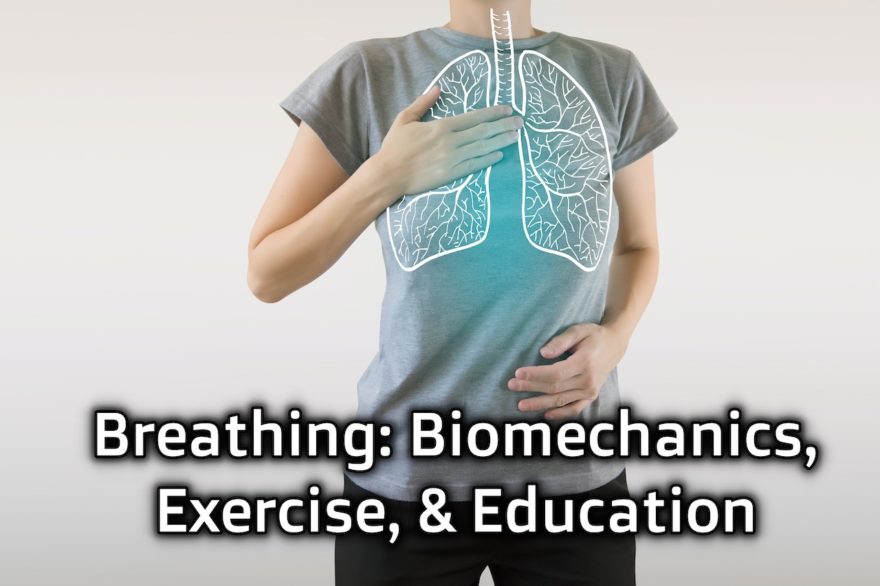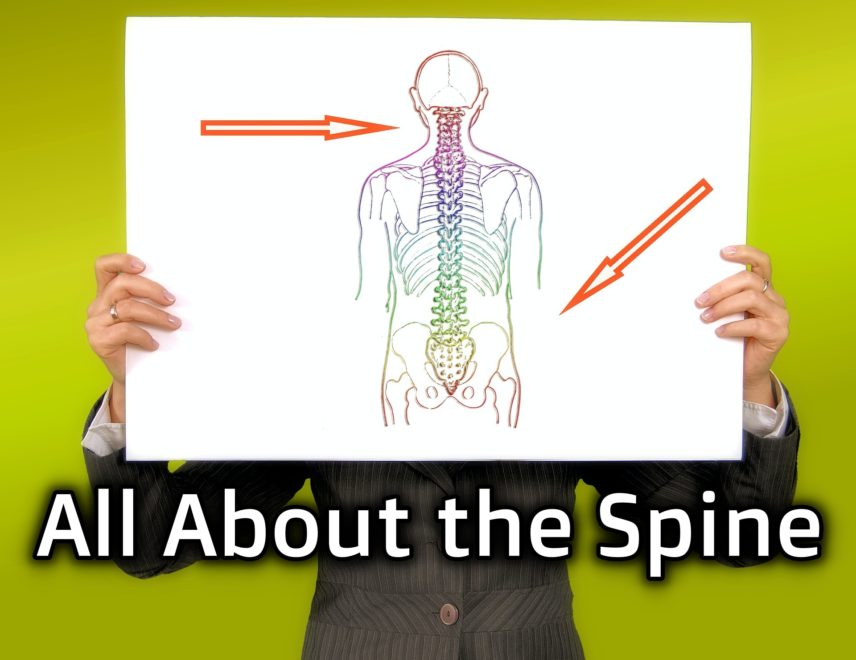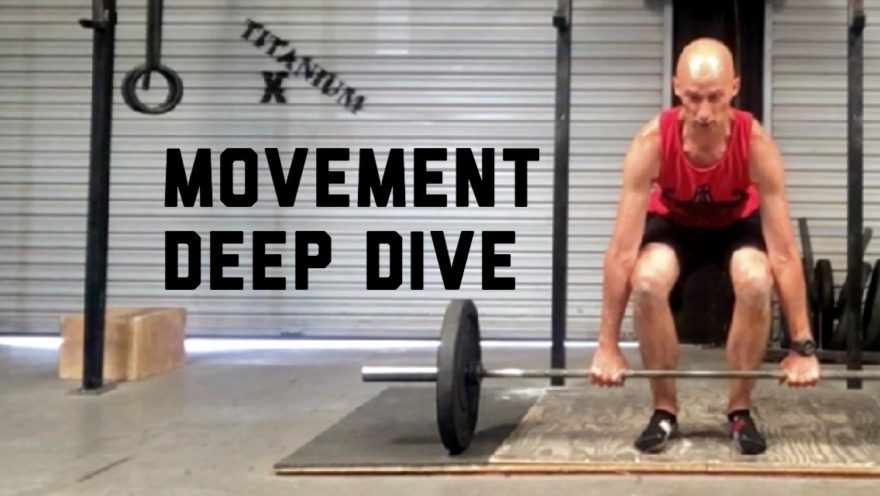Tag: thoracic spine
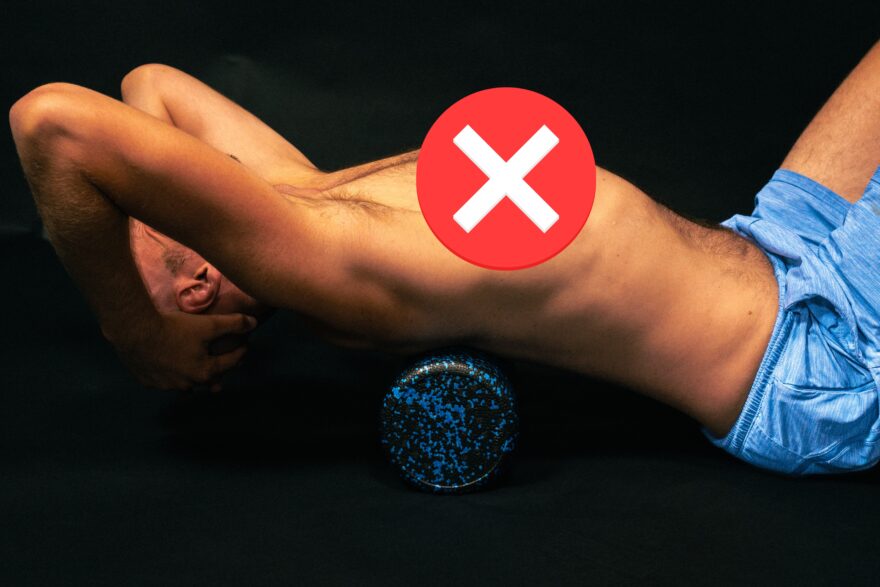
Don’t EVER Do These Exercises
nlock your shoulder, neck, and upper body rotation mobility with a fresh perspective on thoracic or T-spine mobility. This blog…
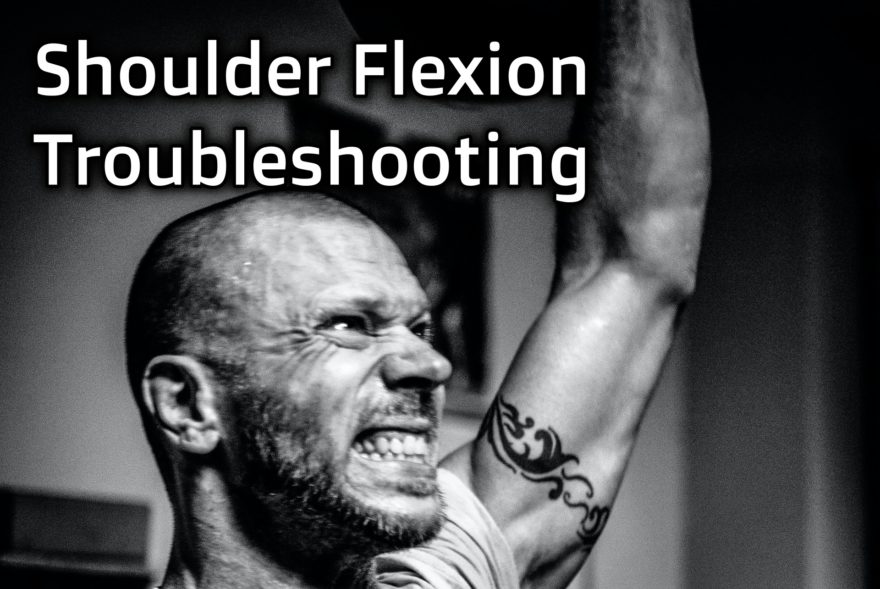
Shoulder Flexion Troubleshooting
Can’t get overhead? Let’s figure out how! If you can raise your arm fully overhead WITHOUT compensating, don’t read any…

Pecs, Extreme Postures, and Foam Rolling – Movement Debrief Episode 81
Movement Debrief Episode 81 is in the books. Below is a copy of the video for your viewing pleasure, and…
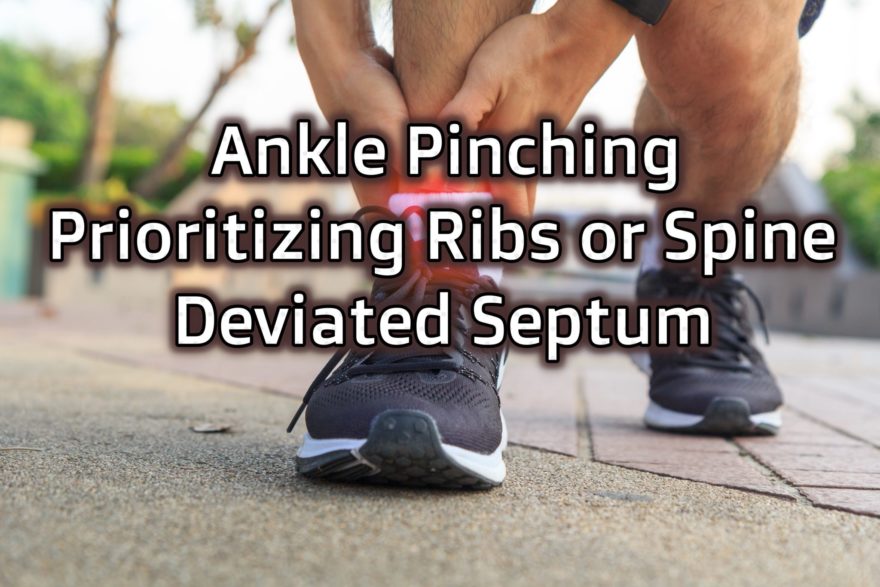
Ankle Pinching, Prioritizing Ribs or Spine, and Deviated Septum – Movement Debrief Episode 78
Movement Debrief Episode 78 is in the books. Below is a copy of the video for your viewing pleasure, and…
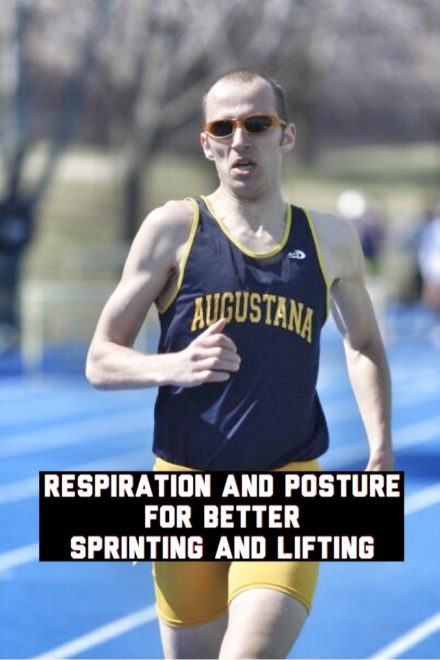
Respiration and Posture for Better Sprinting and Lifting
Want to help your clients and athletes perform at a higher level by incorporating breathwork? I recently did a q&a…

Breathing, Thoracic Spine, and When it’s Safe to Load – Movement Debrief Episode 63
Movement Debrief Episode 63 is in the books. Below is a copy of the video for your viewing pleasure, and…
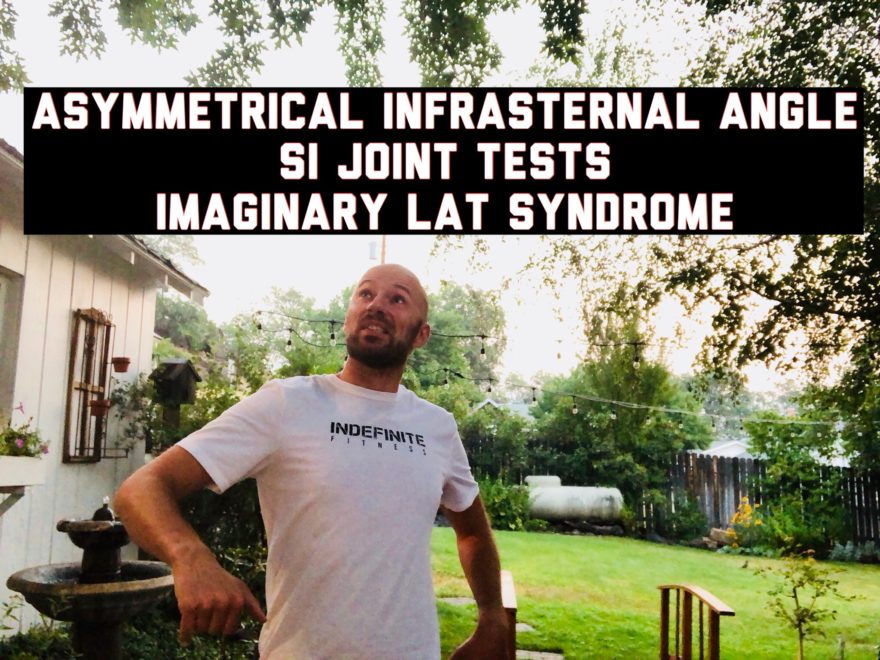
Asymmetrical Infrasternal Angle, SI Joint Tests, and Imaginary Lat Syndrome – Movement Debrief Episode 55
Movement Debrief Episode 55 is in the books. Below is a copy of the video for your viewing pleasure, and…

